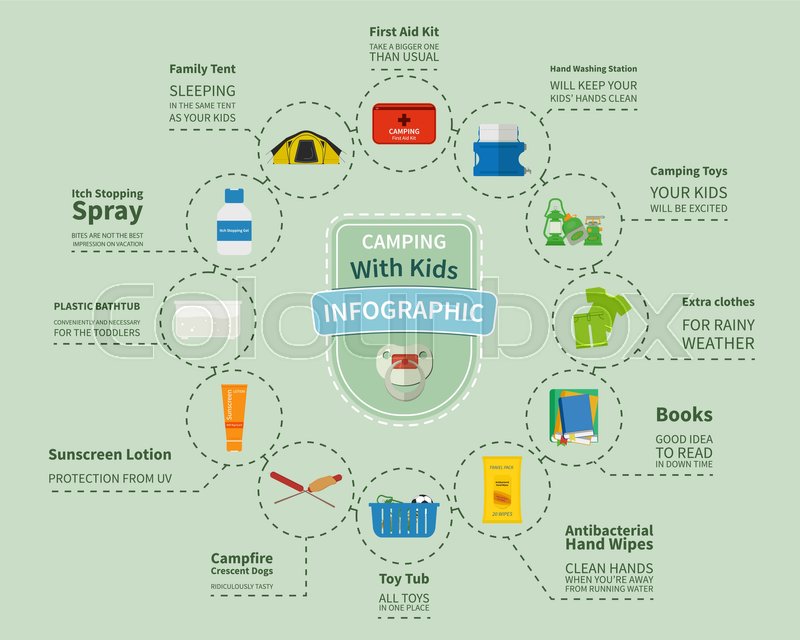If you camp frequently in locations with rocks or sharp downed branches or merely despise packing away a wet, muddy camping tent, after that an impact is definitely worth considering. Footprints are likewise fairly cost-effective compared to a new tent.
When was the first tent invented?
Several outdoor tents producers offer their very own certain footprints, which are cut to the specific size of the tent flooring. Nevertheless, you can make one yourself with a light-weight material like polycryo or tyvek.
Weather Conditions
Whether you need a footprint actually depends upon the conditions you'll be camping in. If you're backpacking in a location where the ground is typically damp (it's basically unavoidable), an outdoor tents footprint can be a valuable enhancement to your kit, as it will certainly prevent your outdoor tents floor from becoming soaked.
However, if the impact is as well large it can function as a moisture catch and potentially permit water to pool under your outdoor tents. This can be prevented by seeing to it the impact is cut a bit smaller than your camping tent on all sides.
Generally talking, it's best to obtain a footprint from the very same producer as your outdoor tents to guarantee a specific fit. They likewise often tend to be made from thicker, much more sturdy materials than do it yourself options. They can be pricey for something whose sole function is to protect the ground beneath your outdoor tents, however it can be a rewarding investment if you appreciate the longevity of your gear.
Surface
Many high quality tents can work well without an impact, particularly those that have tub floorings made of long lasting products. Nevertheless, the surface you trek on can have a considerable influence on how quickly your outdoor tents flooring breaks. Granite slabs, sandstone and other sturdy surfaces use with all-time low of your tent quicker than verdant meadows or forest floors.
A footprint or ground cloth aids extend the life of your camping tent by working as a barrier between the ground and the sewn-in groundsheet of your outdoor tents, claims REI senior sales expert Elizabeth Nguyen. It additionally shields the tent from rough components like sharp branches and jagged rocks that could pierce or tear the sewn-in flooring. When picking a footprint for your tent, it is very important to guarantee it's a little smaller than the camping tent on all sides. This stops water from merging between the outdoor tents and footprint throughout a rainstorm, which can permeate right into your tent. The best choice for an impact is to acquire one made for your specific tent, which will ensure a tight fit.
Camping Tents with Reduced Deniers and Water-proof Rankings
Whether you're a casual backpacker or a hardcore adventurer, the resilience level of your camping tent is a crucial factor to consider. Outdoors tents designed to be ultralight, bordering on minimalist, commonly compromise some degree of sturdiness in canvas camping the material and products utilized.
One material specification you'll come across is denier, which describes the weight in grams of a 9,000-meter size of thread that composes the outdoor tents's cover, rainfly, and/or flooring. A greater denier specification symbolizes a lot more sturdy textiles, while reduced numbers show lighter and much less sturdy textiles.
Other specs to look at consist of floor dimensions, vestibule size, and indoor pockets. The previous mirrors the total square-footage that can be utilized for habitable area, while the latter can play a role in storage by providing a place to stash equipment over night and in bad weather. Ventilation is also an important variable; as you breathe out dampness throughout rest, it requires to run away, or condensation may develop inside. Attributes such as mesh windows and panels and adjustable rainfly doors assist raise ventilation and prevent this from occurring.
The Price
The price of a tent can impact its performance, and it is likewise vital to consider how much you can pay for to spend. Backpackers looking for a light-weight sanctuary should aim for a tent with a livability score of a minimum of 2 celebrities, and if possible, three or more.
Livability refers to exactly how roomy a camping tent really feels, with clearance and flooring measurements playing a large role. Historically, backpacking tents used steeply sloped walls and very little area to conserve weight, however contemporary products permit developers to give even more convenience while maintaining weight reduced.
Storage space is an additional variable to take into consideration, with vestibules and a quick-pitching layout helping reduce configuration time. Additionally, the kind of textile layer and just how the camping tent is stored can affect longevity. For example, a PU coating that breaks down more quickly when damp, or goes through repeated cycles of storing and un-stowing, can significantly reduce the lifespan of an outdoor tents. Likewise, using a custom-made footprint instead of stuffing an outdoor tents in a haphazard manner will additionally extend its life-span.
What is minimum Trail weight for a tent?
